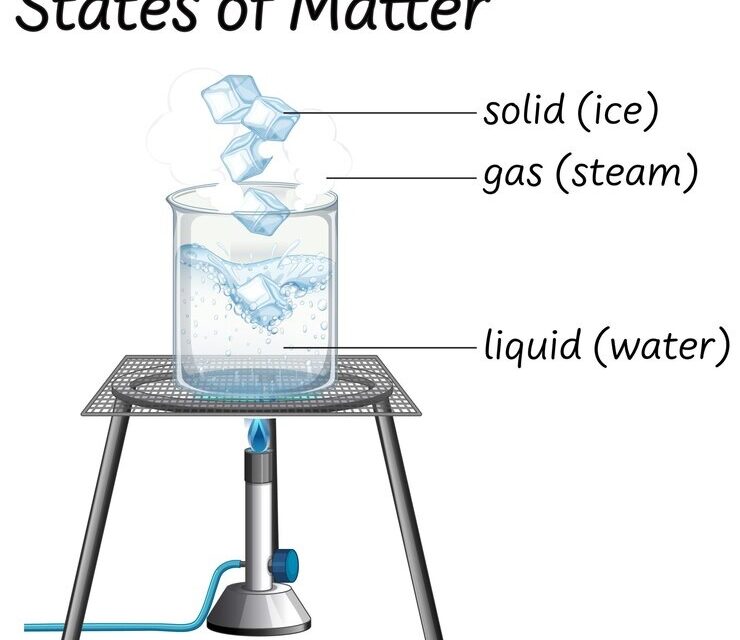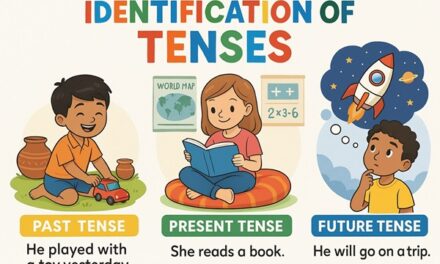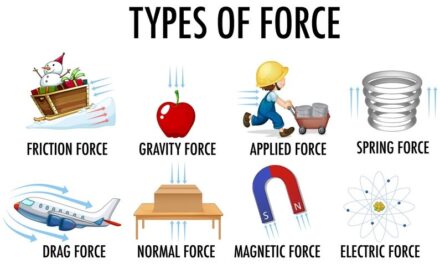Solids, liquids, and gases are the three main states of matter, and each has its own unique properties. Solids are like the building blocks of the world around us; they have a definite shape and volume, which means they keep their form no matter where they are or how they’re moved. Think of a rock or a book—they’re solid. Liquids, on the other hand, take the shape of their container and flow freely, but they still have a definite volume. Water, juice, and even milk are examples of liquids. Finally, gases have neither a definite shape nor volume; they expand to fill the space available to them. Air is a common example of a gas. Understanding solids, liquids, and gases helps us make sense of the world and how different substances behave under various conditions.
The worksheet covers the following topics-
What is matter made up of
States of matter
Properties of solids, liquids and gases
States of matter are interchangeable
Dissolving solids in water
What happens when sugar dissolves in water
These questions encourage Grade 4 students to think critically about the properties and behaviors of solids, liquids, and gases, fostering a deeper understanding of the different states of matter and their interactions in everyday life. They promote logical reasoning skills by asking students to apply their knowledge to classify substances, describe physical changes, and explain observable phenomena related to states of matter.

















